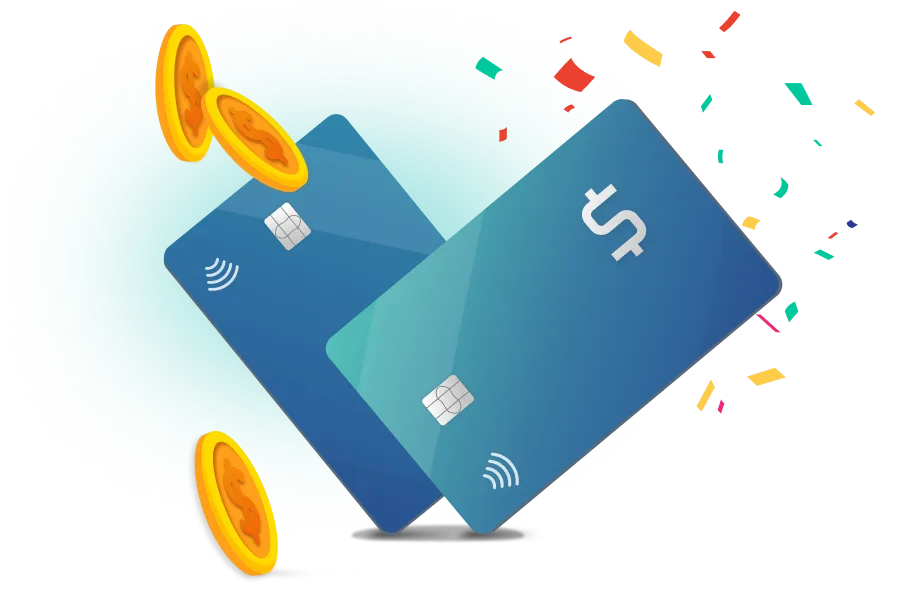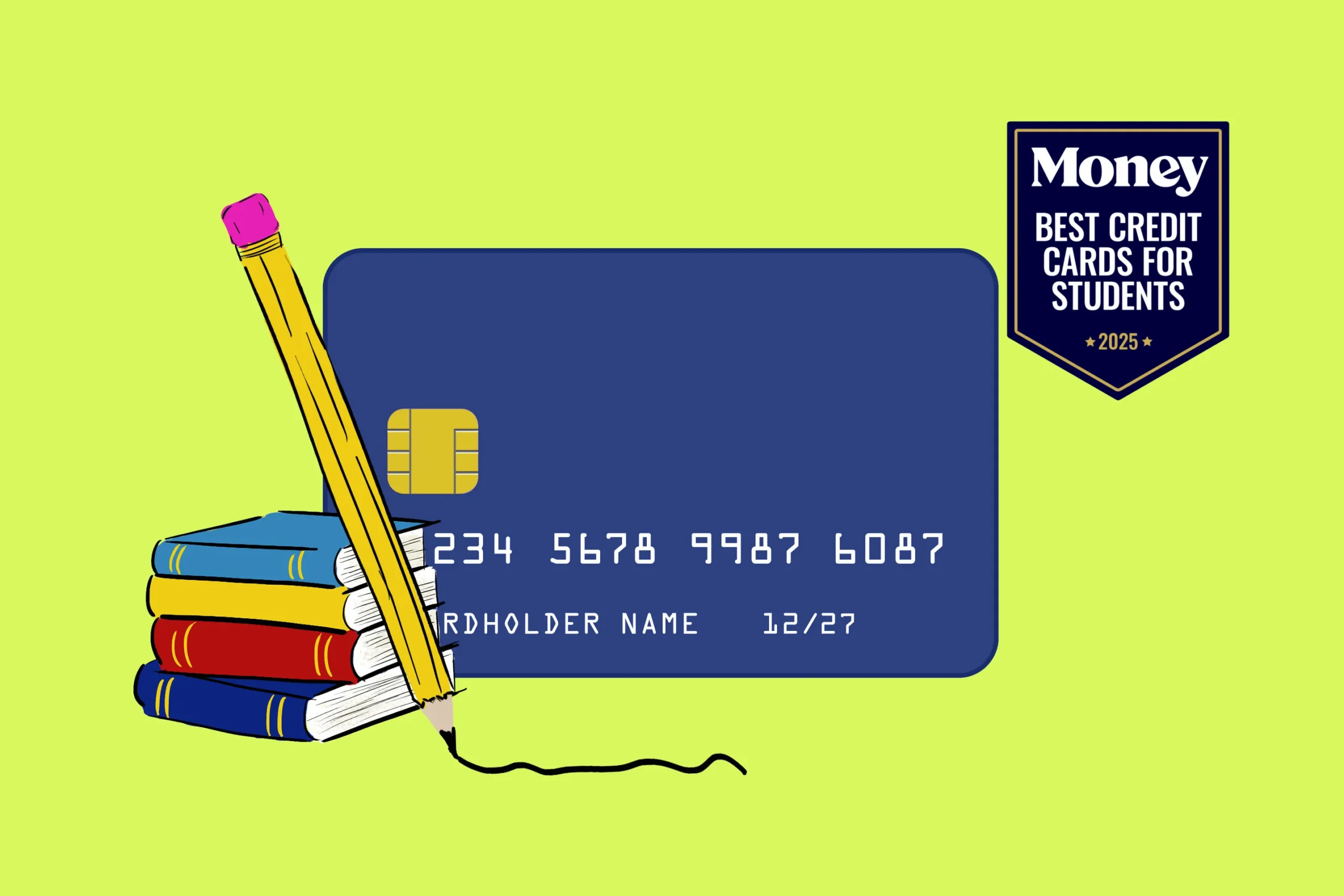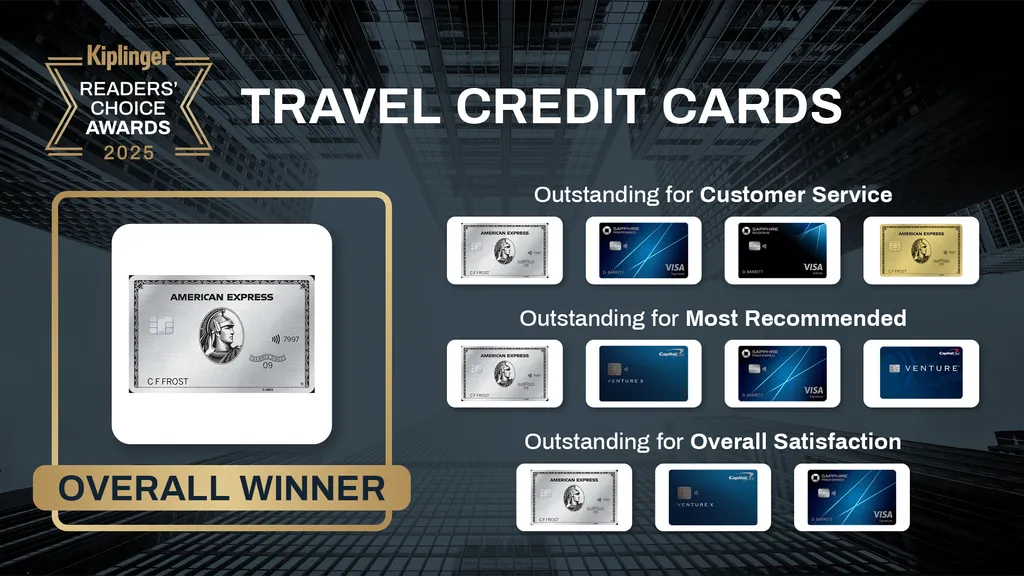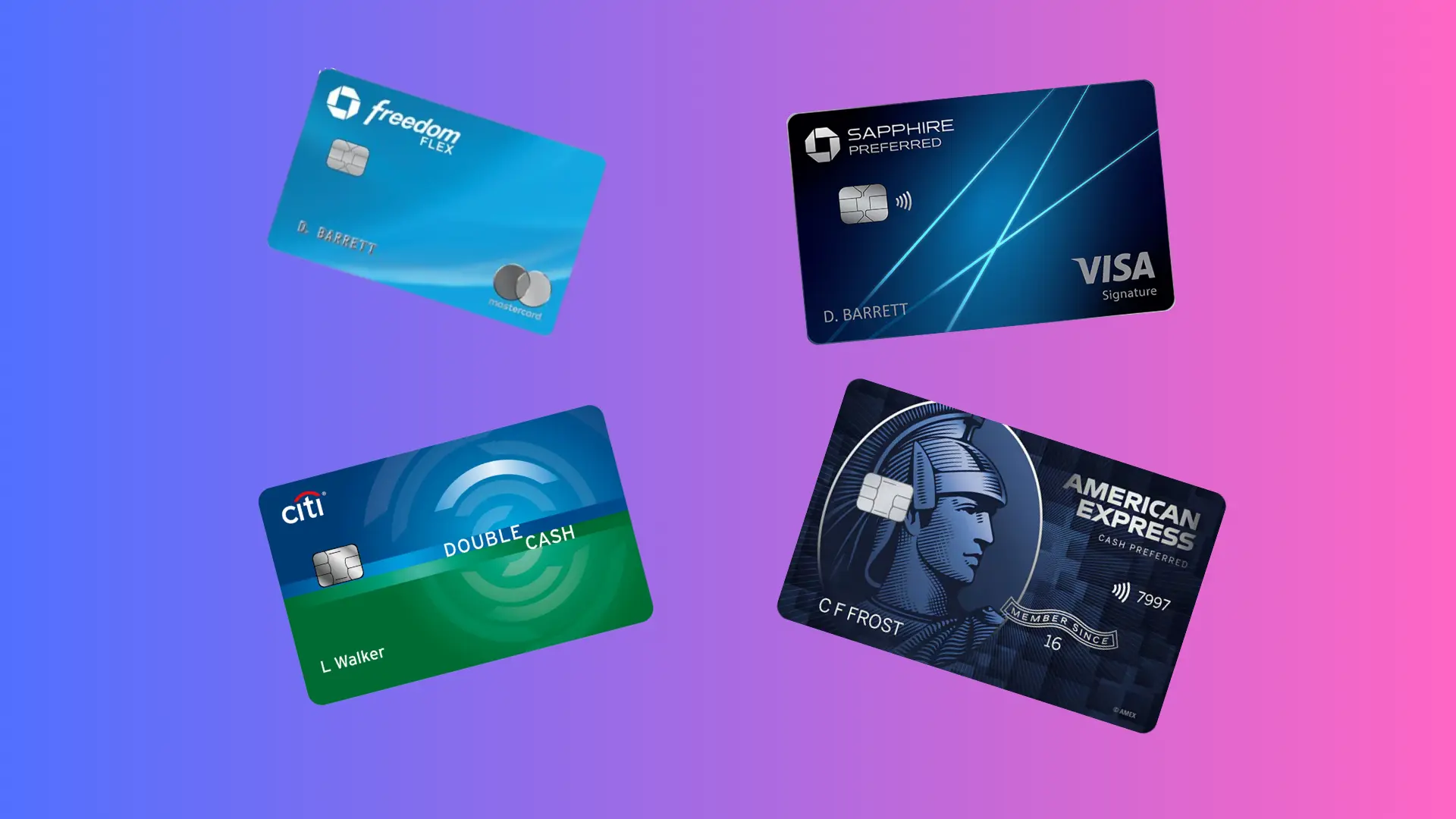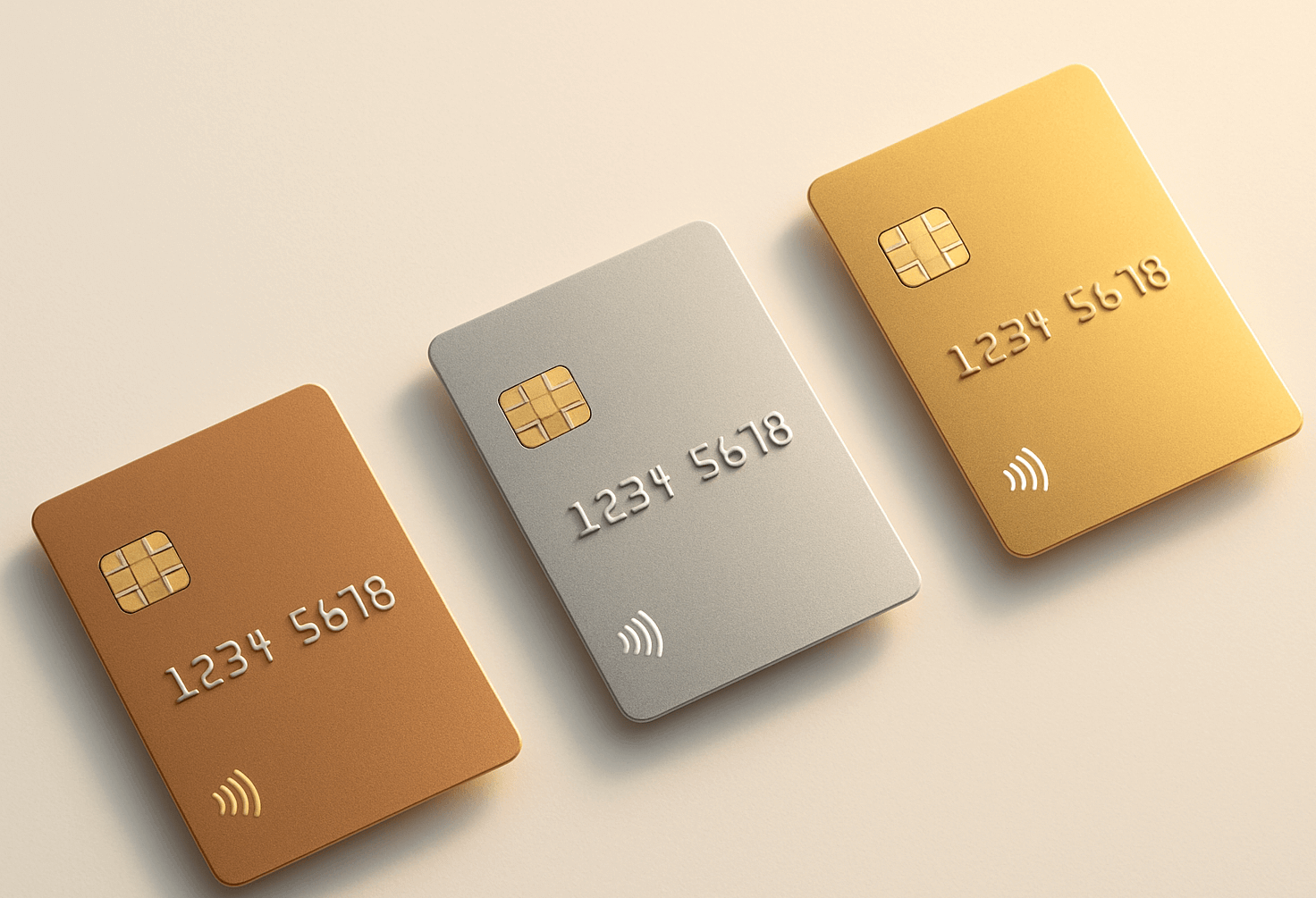Best Credit Cards for Online Shopping in 2025
Online shopping has become an essential part of everyday life, and choosing the right credit card can help you earn valuable rewards, enjoy cashback, and stay protected during your purchases. In this guide, we’ve rounded up the best credit cards for online shopping in 2025 to help you make the most of every transaction.
1. Chase Freedom Unlimited®
- Best for: Unlimited cashback on all purchases
- Rewards: 1.5% cashback on every purchase and 3% on dining and drugstore purchases
- Annual Fee: $0
- Intro Offer: Earn an additional 1.5% cashback on up to $20,000 in purchases during your first year
- Why it’s great for online shopping: Every purchase earns cashback, making it ideal for frequent online shoppers.
2. Capital One® SavorOne® Cash Rewards Credit Card
- Best for: Cashback and no annual fee
- Rewards: 3% cashback on dining, entertainment, and popular streaming services; 1% on all other purchases
- Annual Fee: $0
- Intro Offer: Earn a $200 bonus after spending $500 within the first 3 months
- Why it’s great for online shopping: Offers solid rewards across categories that online shoppers often use.
3. Amazon Prime Rewards Visa Signature Card
- Best for: Frequent Amazon and Whole Foods shoppers
- Rewards: 5% back on Amazon and Whole Foods purchases with Prime, 2% at restaurants and gas stations, 1% on everything else
- Annual Fee: $0 (Amazon Prime membership required)
- Why it’s great for online shopping: Perfect for loyal Amazon users who make most of their purchases online.
4. American Express® Blue Cash Everyday® Card
- Best for: Everyday online purchases
- Rewards: 3% cashback at U.S. online retailers (up to $6,000 per year), 3% at grocery stores, and 3% at gas stations
- Annual Fee: $0
- Intro Offer: Earn a $200 statement credit after spending $2,000 within the first 6 months
- Why it’s great for online shopping: Specifically rewards U.S. online retail spending, not limited to one store.
5. Discover it® Cash Back
- Best for: Rotating 5% cashback categories
- Rewards: 5% cashback on selected categories (often includes online retailers like Amazon or PayPal), 1% on all other purchases
- Annual Fee: $0
- Intro Offer: Discover matches all cashback earned at the end of your first year
- Why it’s great for online shopping: Frequent inclusion of online shopping in quarterly bonus categories.
How to Choose the Best Credit Card for Online Shopping
When choosing a credit card for online shopping, consider:
- Rewards structure: Does it offer cashback or points for online purchases?
- Annual fee: Make sure the rewards outweigh any costs.
- Purchase protection: Look for cards with fraud protection and extended warranties.
- Foreign transaction fees: Avoid cards that charge extra for international online orders.
Final Thoughts
The right credit card for online shopping in 2025 can turn every click into rewards. Whether you prefer cashback, points, or special retailer perks, these options can help you save more and shop smarter online.
Related Articles
- Best Cashback Credit Cards in 2025
- Best Rewards Credit Cards in 2025
- <a href=”/best-no-annual-fee-credit-cards-in-2025/”


